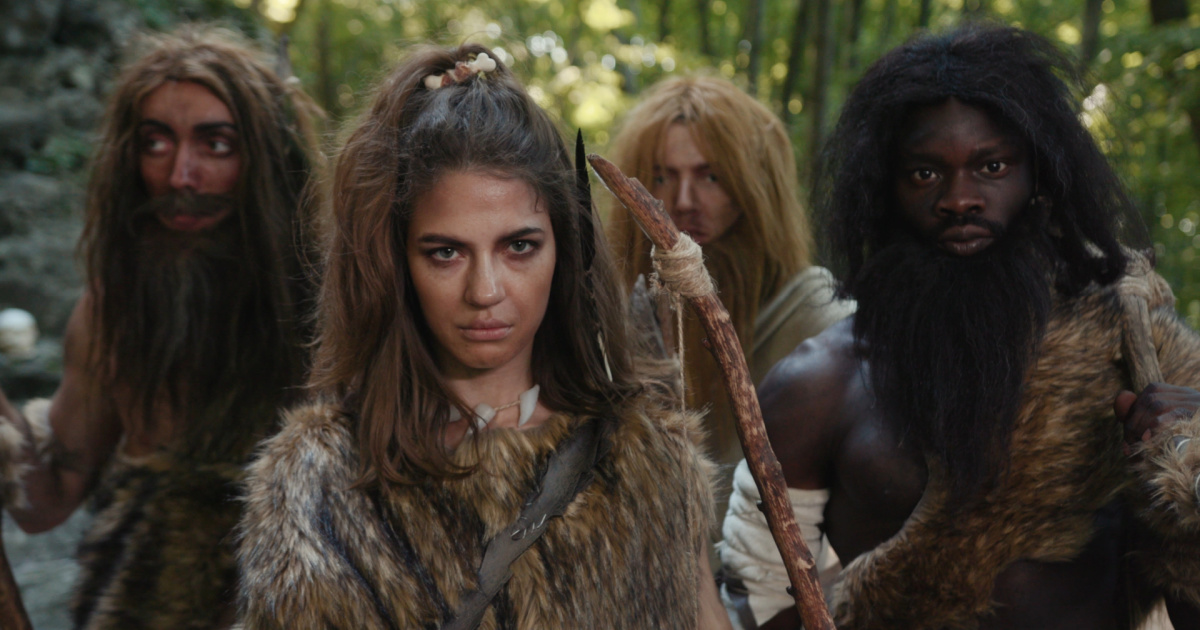
For a long time, people supporting gender roles in society have harkened back to ancient human beings who lived in hunter-gatherer societies.
As in, the men were the stronger and most likely to succeed hunting and the women stuck close to home, gathering herbs and doing other labor like looking after children, cooking, etc.
A few recent studies have challenged that idea, stating that women would have been likely hunters as well. In fact, they found that as many as 79% of these societies would have included women in their hunting parties.
This research, though, says that it’s not as likely as some of us would like to believe.
Their claim is that the conclusions were based on methodological flaws and selection bias, because when they attempted to replicate the study, their conclusion was that female hunters were the exception rather than the rule.
The researchers claim the erroneous study only used ethnographic databases where “explicit” information about hunting was available, and that “numerous coding errors” undermined the conclusions.
“As a diverse group of hunter-gatherer experts, we find that claims that foraging societies lack or have weak gendered divisions of labor are contradicted by empirical evidence.”
They go on to say that gender divisions definitely did exist, in their opinion.
“Gendered divisions of labor are a feature of every known contemporary hunter-gatherer (forager) society. While gender roles are certainly flexible, and prominent and well-studied cases of female hunting do exist, it is more often men who hunt.”
They do agree that it’s important to note that women in these societies did hunt, it just wasn’t the norm, and that men’s dominance in this area has been overstated in the past.
A 2020 study agrees, stating that evidence found at a 9,000-year-old Peruvian site suggested that a “nontrivial” number of females were integral hunters.
They found women buried with big-game hunting toolkids and other weapons, as well as hide-scraping tools.
What’s up for debate is whether or not this was the norm.
The researchers say that what they want is what everyone should want – an accurate depiction of how these societies operated, without any influence from our modern (or previously modern) concept of gender roles.
“We caution against ethnographic revisionism that projects Westernized conceptions of labor and its value onto foraging societies.”
Good luck with that, I say.
If you thought that was interesting, you might like to read about the mysterious “pyramids” discovered in Antarctica. What are they?